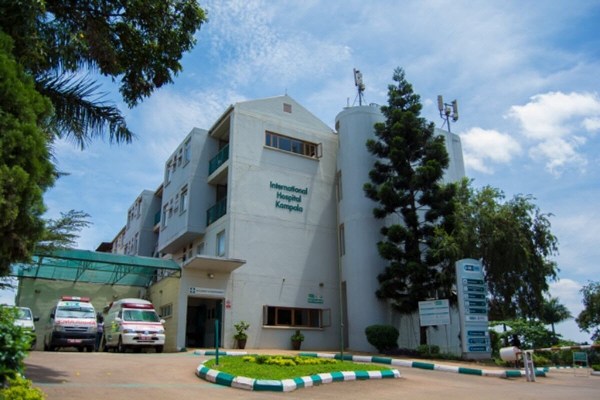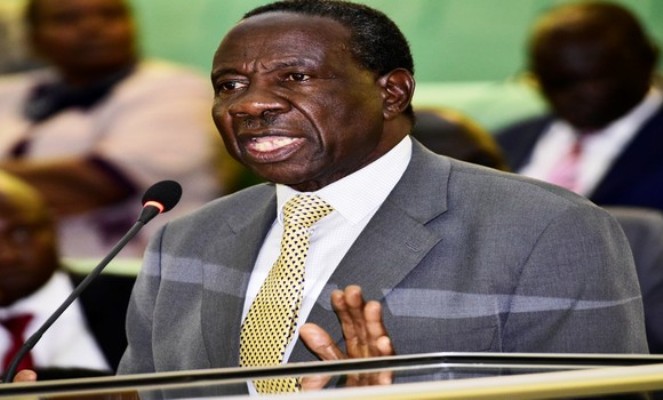Maize farmers in Uganda have suffered price fluctuations season after season. There are times a kilogram of maize grain goes below Shs500, leaving many farmers in losses. Currently, a kilogram of maize grain in Uganda is averaging Shs700.
While we are in a free market economy where prices are determined by market forces of demand and supply, sometimes it is prudent for governments to intervene like Kenya has done.
In October, Kenya’s Agriculture Secretary, Willy Bett announced that government will buy maize at a price of KSh3, 200 (UShs112,783) per bag of 90 kg this year. This means a Kg is being bought at UShs1,253.1.
The price is six per cent more than last year’s when the National Cereals and Produce Board (NCPB) paid KSh3,000 for similar quantity of maize.
Of the Sh3,200 that the government will pay, Sh200 is rebate to the growers for the extra cost incurred during planting.
“Owing to the adverse weather conditions coupled with other numerous challenges such as outbreak of Fall Armyworm during the period, the government has provided a rebate of Sh200 per 90 kg bag of maize offered to NCPB,” he added.
However, grain farmers said that the amount was way below their expectation.
Farmers, through their lobby, the Cereal Growers Association (CGA), said they expected Sh3,500 for a 90 kg bag.
“We had many challenges this year and were forced to incur extra cost in controlling Fall Armyworms. We find the price of Sh3,200 to be low,” said Anthony Kioko, the chief executive officer CGA.
As indicated above, Kenyan farmers have a better deal compared to their Ugandan counterparts. The government of Uganda should rescue maize farmers by setting up reasonable prices.
It is important to note that Uganda is a net exporter of maize. The crop is primarily produced as cash crop by smallholder farmers. It ranks among the top three crops cultivated in the country in terms of area planted and production volume after bananas (plantains) and cassava.
In 2014, total production was estimated at 2.8 million MT and approximately 1 million hectares are cultivated annually (UBOS 2015).






